In hospital rehabilitation departments, orthopedic clinics, sports medicine centers, and even some high-end health examination institutions, there is a seemingly “silent” device that is quietly changing diagnostic methods and rehabilitation pathways—it is the plantar pressure plate.
Don’t be fooled by its thin and flat appearance, covered in sensing points on the surface. When you stand or walk over it, it can record, in real time, every inch of contact between your foot and the ground, drawing a “map beneath your feet.”
This map not only reveals the secrets of how the body bears weight but also provides scientific evidence for a variety of clinical applications.
So, in what clinical scenarios is the plantar pressure plate commonly used? Its functions are far more extensive than one might imagine.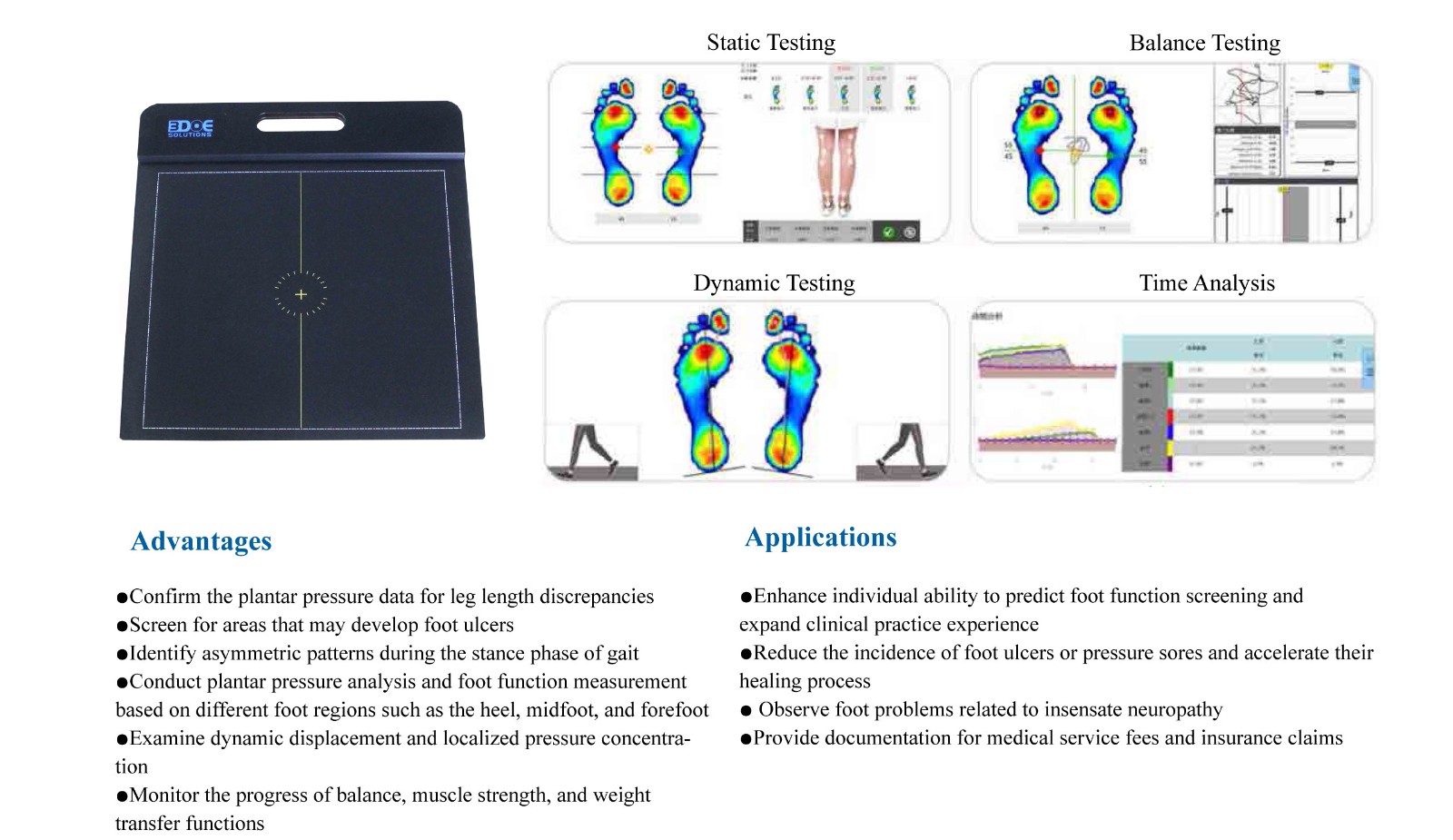
First, in gait analysis and walking disorder assessment.
In rehabilitation medicine, the plantar pressure plate can accurately capture a patient’s gait rhythm, center of gravity shifts, coordination between the left and right foot, and landing patterns while walking.
For patients in stroke recovery, it can assess whether the gait is symmetrical; for Parkinson’s patients, it helps doctors identify subtle abnormalities such as altered step frequency and delayed initiation. Compared to visual observation, this pressure data is more objective and quantifiable, aiding in the development of more effective rehabilitation training plans.
Second, in foot deformity and structural evaluation.
Common clinical conditions such as flat feet, high arches, hallux valgus, and Achilles tendinitis can be assessed by identifying pressure concentration areas and deviation paths through the pressure plate. This allows for accurate determination of biomechanical deviations caused by abnormal foot structures.
For adolescents during growth, elderly individuals experiencing foot degeneration, and high-risk groups such as those with diabetic foot, monitoring plantar pressure data has early warning significance.
Third, in the custom evaluation of orthotic insoles and assistive devices.
In rehabilitation departments, orthotic clinics, and even some physical therapy institutions, doctors use plantar pressure distribution data to customize insoles or gait correction devices for patients.
Especially for those with unstable gait caused by leg length discrepancy, scoliosis, or genu valgum/varum, the center of gravity trajectory and arch load data provided by the plantar pressure plate are essential for precise intervention.
Fourth, in postoperative rehabilitation progress tracking.
Whether after knee replacement surgery, Achilles tendon repair, or during ankle fracture rehabilitation, the plantar pressure plate can regularly monitor the progress of a patient’s gait recovery. It quantitatively evaluates whether weight bearing is balanced between both sides, and whether compensatory movements still exist, thus assisting rehabilitation specialists in adjusting training plans in a timely manner.
Finally, it is also widely used in sports injury prevention and posture optimization.
For professional athletes or individuals engaged in high-intensity training, the plantar pressure plate is one of the key tools for athletic screening.
It can reveal whether foot strikes during running are misaligned, whether jumping take-offs and landings are stable, thereby helping to prevent common issues such as patellar overuse injuries and plantar fasciitis. It is also widely applied in posture optimization training and adolescent physical development assessment.

 +86-0755-86131192
+86-0755-86131192 2025-06-18
2025-06-18 Back to list
Back to list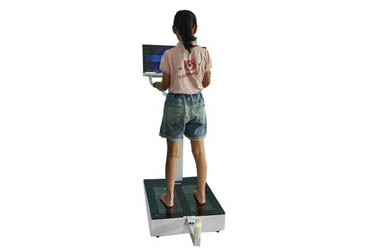
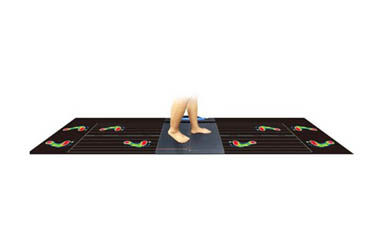
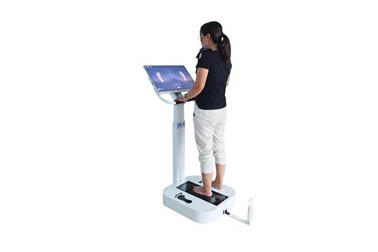

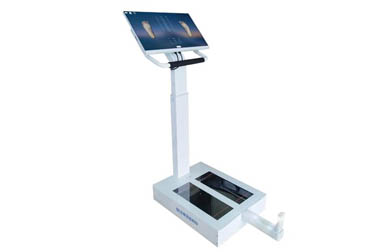
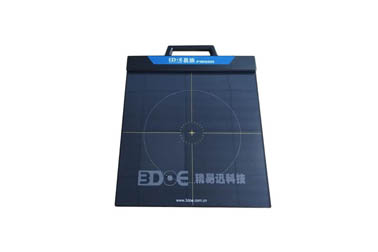



 +86-0755-86131192
+86-0755-86131192